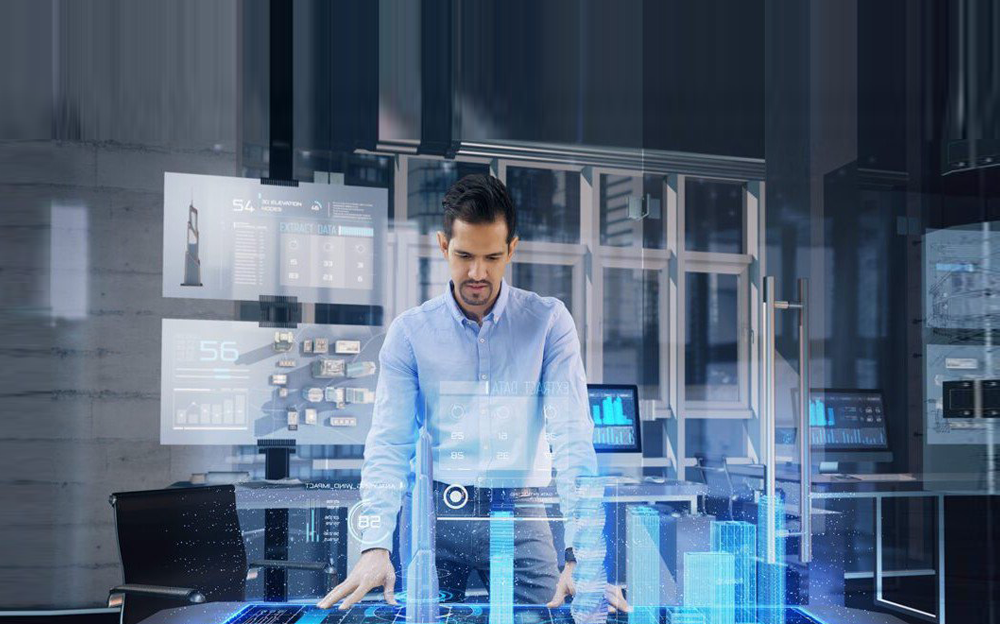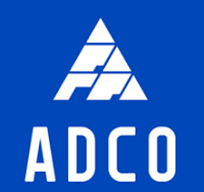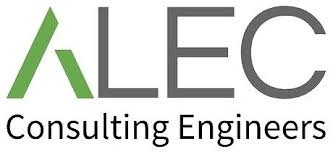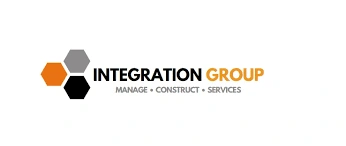
As we approach 2025, digital twins are becoming a cornerstone of innovation across various industries, including architecture, engineering, construction (AEC), manufacturing, and healthcare. These virtual replicas of physical assets and systems are revolutionizing the way organizations collaborate with clients, offering real-time insights, enhanced visualization, and predictive capabilities. To harness the full potential of digital twins for client collaboration, it is essential to understand their benefits, implement best practices, and address potential challenges.
The Value of Digital Twins in Client Collaboration
Digital twins offer numerous advantages that significantly enhance client collaboration:
- Real-Time Visualization: Digital twins provide an interactive 3D model of the project, allowing clients to visualize the final outcome with unprecedented clarity. This visualization helps bridge the gap between technical plans and client expectations.
- Enhanced Communication: With digital twins, all stakeholders have access to a common, up-to-date platform. This transparency ensures that everyone is on the same page, reducing misunderstandings and improving the accuracy of communications.
- Predictive Analytics: Digital twins can simulate different scenarios and predict potential issues before they arise. This capability allows clients to make informed decisions and proactively address risks.
- Continuous Feedback Loop: Clients can interact with the digital twin to provide real-time feedback, which can be quickly incorporated into the project. This iterative process leads to more refined and client-aligned outcomes.
- Operational Efficiency: By monitoring and analysing data from the digital twin, project teams can optimize operations, leading to cost savings and improved project timelines.
Best Practices for Implementing Digital Twins in Client Collaboration
To maximize the benefits of digital twins, it is crucial to follow best practices that ensure effective implementation and use:
- Early Integration: Introduce digital twins at the beginning of the project lifecycle. Early integration helps set clear expectations and builds trust in the technology from the outset.
- Defined Objectives: Clearly define the goals for using digital twins in collaboration. Whether it’s improving communication, enhancing visualization, or optimizing operations, having specific objectives will guide the implementation process.
- Stakeholder Training: Provide comprehensive training for all stakeholders, including clients, on how to interact with the digital twin. This education ensures that everyone can effectively use the platform and maximizes its benefits.
- Robust Data Integration: Ensure seamless integration of data from various sources into the digital twin. High-quality, real-time data is essential for accurate simulations and insights.
- Regular Updates and Iteration: Keep the digital twin updated with the latest project data and developments. Regular updates and an iterative approach help maintain accuracy and relevance, fostering continuous improvement.
- Collaborative Platforms: Utilize collaborative platforms that support digital twins and facilitate easy sharing, commenting, and interaction. These platforms enhance the collaborative experience and ensure effective communication.
Looking Ahead: The Future of Digital Twins in Client Collaboration
As we move towards 2025, the capabilities of digital twins will continue to expand, driven by advancements in artificial intelligence, machine learning, and IoT. These technologies will enhance the predictive and analytical power of digital twins, enabling even more accurate simulations and insights. Additionally, the integration of virtual reality (VR) and augmented reality (AR) will provide immersive experiences, further enhancing client engagement and understanding.
The evolution of digital twins will also facilitate more sustainable and efficient project outcomes. By optimizing resource usage and minimizing waste, digital twins will play a crucial role in promoting environmentally friendly practices across various industries.
Digital twins are set to transform client collaboration by 2025, offering real-time insights, enhanced visualization, and predictive capabilities that drive better decision-making and project outcomes. By following best practices and addressing potential challenges, organizations can harness the full potential of digital twins to revolutionize their collaboration processes. As technology continues to advance, digital twins will become an indispensable tool for achieving greater efficiency, sustainability, and client satisfaction in an increasingly complex and data-driven world.
Draftech – Your Project, Our Expertise
Testimonials
Thank you for all your efforts on our projects; they have been an invaluable contribution to their success. We look forward to working with you on future projects.
Ian Ferguson MPM Group
Jess and Karl at Draftech were amazing. The communication from the start was prompt, and the entire process was extremely easy. We needed their knowledge on Air Schematics, and they had made one up for our buildings that we service. Thanks so much, and we will be using you guys in the future. Cheers, Air Control Australia.
Greg Colebrook AirControl Australia
With Draftech’s thorough understanding of building services modelling and close attention to detail, Forth has been afforded the opportunity to outsource some of our BIM projects with absolute confidence in the accuracy of the final product.
Gary Murdoch Forth Consulting
Very professional and efficient organization. Delivered a great product to a tight deadline.
ACE Power
Karl and the team are very professional and have a vast knowledge of BIM coordination.
Dwayne Willaims Babinda Electrics
We had multiple large projects with tight deadlines and needed a company we could trust. The teams delivery, attention to detail and understanding of what is being designed is always executed to a high standard.
Martin O’Donovan Envar Engineers
Draftech offered a flexible and reliable approach to working collaboratively with our team. They met our expectations and quality requirements and also offered up new ideas.
Draftech have proven to be a valuable and trustworthy resource and we will continue to work with Draftech on other projects.
Simon Marsden Umow Lai
Draftech is different from others in the professionalism and features they provide.
The ability to walk through projects in real time online provides invaluable insight into problem areas and helps provide an efficient resolution on the spot without many phone calls, emails and the necessity for us to paw through countless drawings to understand the issues.
Todd Morris Manager - Air mech
Draftech were put forward to FIP Electrical as the solution to Coordinate, Model, carry out clash detection, provide Electrical Services Shop Drawings, as built documentation and completed electrical model.
Simon Thorpe FIP Electrical
In close collaboration Draftech set up all our systems and model deliverables. In this process Draftech have proven to be a valuable resource for us and demonstrated commitment, understanding and professionalism.
David Skelley DJCoalition
Draftech’s attention to detail and proactive nature throughout the project assisted us in identifying issues before becoming evident on site, saving us both time and unexpected costs.
Matt Payne PJM Engineering Services
They delivered very high quality Revit models and associated 2D documentation at key milestones, working to a tight budget and in strict accordance with the Architects’ BIM requirements.
Peter Thomas Geoff Hesford
We found Draftech’s work to be of high standard and the team delivered exactly as agreed, in fact, when we considered the project complete, Draftech put further resources into the project as they were not satisfied.
John Johnson Beca
Engaging Draftech during design gave us the tools to make smart decisions.
Hansen Yuncken Design Manager - Michael Harkins
The drafting service is timely, reliable and fit for purpose for the built environment.
Peter Harvey Harvey Industries
Draftech stands apart from other drafting services that we have previously used in their attention to detail and ability to adapt to the individual client’s requirements.
Doug Holt McCaig Aircon
I can confidently recommend Draftech as a solid and reliable supplier, and experts in their field. I look forward to working with them again in the near future.
Chris Behan Norman Disney & Young
After seeing the benefits Draftech provided us on the Townsville Hospital Redevelopment we have set up a relationship with Draftech and intend to continue to use their BIM knowledge and skills for our future projects.
Brad Lund Energy Power Systems
Draftech has no competition as they are in a class of their own.
John Boyes Babinda Electrics
Draftech Developments Drafting and Design Capabilities, in conjunction with their outstanding level of Client service and support has provided great solutions to our engineering and Drafting Design portions within our Gorgon Barrow Island Project.
Aaron Hazelton Applied Electro Systems Pty Ltd
Draftech set up necessary systems and workflows very quickly, but also setup auditable estimating and weekly cost tracking processes that we utilised, requiring little maintenance.
TOM PURDON MPM GROUP
































